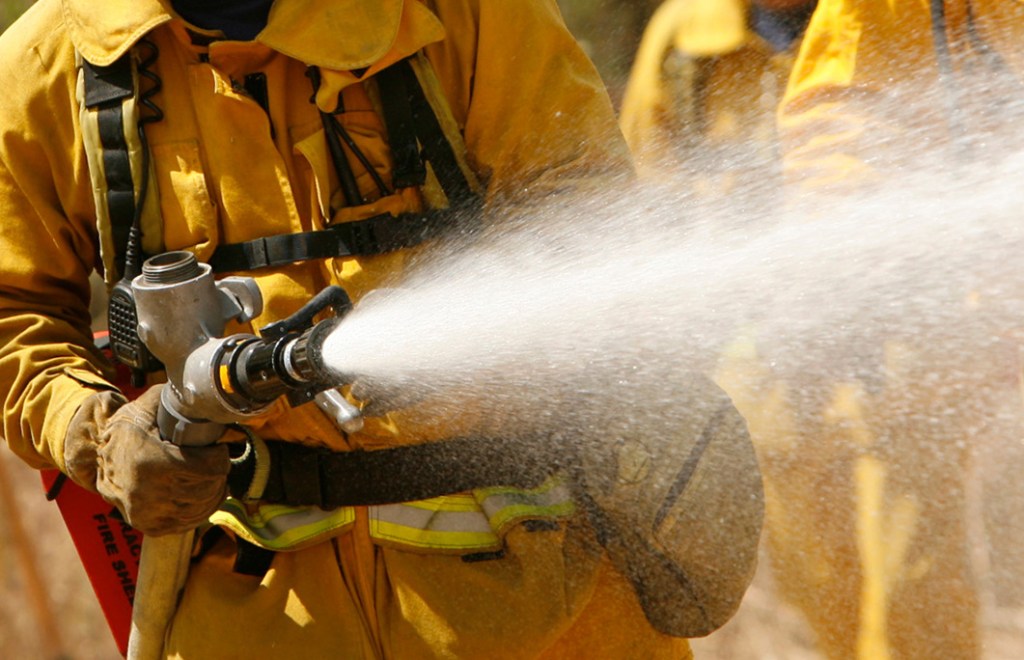We’ve been telling you about the city firefighter who made nearly $700,000 in one year, most of it in overtime. And the county firefighter who made just shy of $600,000 in one year, most of it in overtime.
This haul has sparked righteous outrage from readers. Our email inbox — a jungle on the best of days — has been groaning ever since.
“Unfortunately you’ve only exposed the tip of the iceberg!” one impassioned reader said. “Your even bigger expose will be when you investigate & report on how all this overtime pay inflates RETIREMENTS! That’s why the state of California pension systems are on the brink.”
A more dispassionate reader asked simply, “Is their overtime pay, in addition to their regular pay, used by CalPERS and other similar agencies to calculate these employees’ monthly retirement pensions?”
Glad you asked.
The answer, mostly, is no. Most overtime is not used for pension calculations — a safeguard against “pension spiking.” But things get technical.
For details, we turn to Amy Morgan, spokesperson for the giant California Public Employees Retirement System.
Enter here the “Fair Labor Standards Act,” or FLSA, which calculates some extra time toward pensions — but only when the employee’s normal work week is way more than the standard 40 hours.
Stay with us here.
“The FLSA states that pay for firefighters must be paid on all hours worked above 53 hours per week, up to what is considered ‘normal’ for employees on a full-time basis,” Morgan said.
“Since most fire safety members work a 56-hour schedule per week, only the hours above 53 would be reported as pensionable and the rest becomes overtime pay (not pensionable). That means that only the three hours between 53 and 56 hours would be factored into their pensions, because 56 hours is considered their normal schedule per week.”
So, those 56 hours are paid as straight time, as part of their regular earnings, but three hours (via FLSA) would be…
Read the full article here







